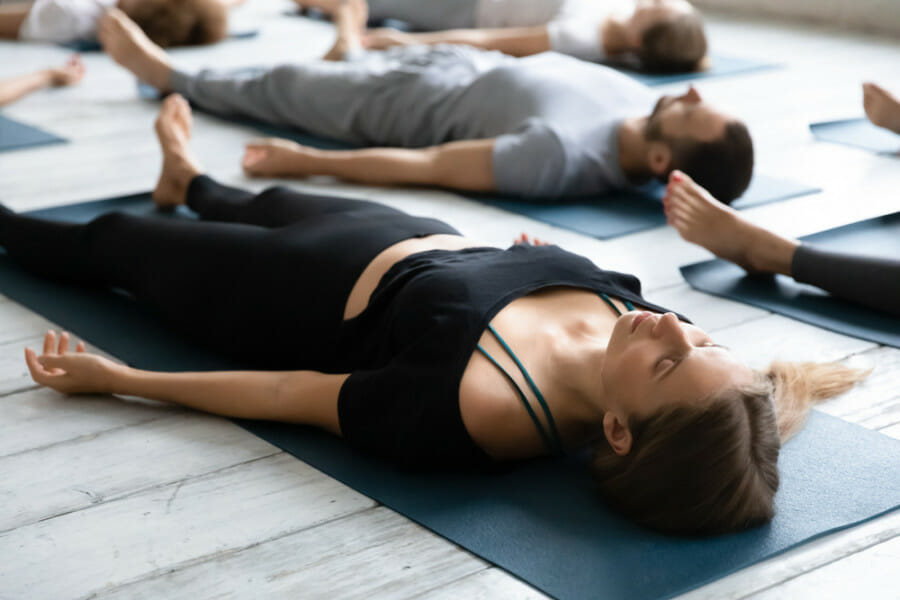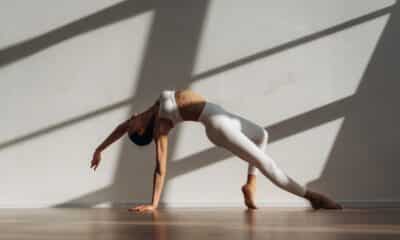Breathe Your Way to Better Yoga: Essential Tips for Harnessing the Power of Breath
If yoga had a public relations spokesperson, its popularity would be unquestionable. We often see it represented in television shows and movies as an elegant and effortless activity, a serene escape where everything flows smoothly. And while that depiction isn’t entirely off the mark—think soft music, gentle stretching, and a soothing emphasis on mindfulness—the reality is often a bit more nuanced.
For many of us, yoga doesn’t always feel like sunshine and rainbows. Poses that look simple can be quite challenging; for example, I still struggle with downward-facing dog, which can make my wrists protest. And if you’re someone who wrestles with anxiety or has a whirlwind of thoughts bouncing around your mind, staying present and mindful can feel like a tall order.
Breath control is another significant aspect of yoga that’s sometimes overlooked. While beginner practitioners may think of breathing as a natural reflex that requires no thought, understanding how to breathe effectively can profoundly impact your yoga experience. To delve deeper into its importance, I spoke with Kate Lombardo, an experienced yoga instructor and co-founder of Yoga Renew. With her guidance, we’ll uncover why breath is such a fundamental component of yoga practice.
The Significance of Breath Control in Yoga
Breathing is essential in yoga for various reasons. First, there’s the physical aspect—oxygen is crucial for your body to function efficiently during any workout. “From a physical perspective, breathing provides oxygen to the body, which improves circulation and supports movement throughout the practice,” Kate explains. This simplification is crucial; without adequate oxygen, you might find yourself feeling fatigued or dizzy much more quickly.
However, the role of breath in yoga goes far beyond just keeping us physically capable. The psychological benefits are equally significant. Kate highlights how a focus on breath fosters a mindful approach to practice. “When you focus on your breath, reflecting on each inhale and exhale, you create a connection between your mind and body by directing attention toward something that is occurring right now,” she explains. This mindfulness serves to calm that racing mind, grounding you in the present and soothing your nervous system.
In addition to grounding you, the breathing techniques can differ depending on the style of yoga you’re practicing. Vinyasa, a dynamic form of yoga, has a very different breath pattern compared to the more meditative Yin yoga. Each style serves its purpose and offers a unique set of benefits, which makes awareness of breath even more essential.
“When you bring focus to the breath, thinking about each inhale and each exhale, you connect the mind with the body by bringing awareness to something that is happening right now,” Kate reinforces.
Tips for Effective Breathing in Yoga
If you think you’re not getting the breath thing quite right, don’t worry—you’re not alone! Kate emphasizes that the very act of breathing during yoga is itself a challenge. “If you’re breathing at all, that’s already a crucial aspect of the challenge,” she smiles, reminding us that everyone struggles occasionally with this essential aspect of practice.
Some poses can feel more taxing, making it easy to hold your breath or lose track of your breathing rhythm. On the flip side, fixating on your breath can also lead to the same issues, causing anxiety about breathing in a “correct” way. Amy suggests that it’s key to consciously check in with your breath to keep it steady throughout your practice.
Another helpful tip is to coordinate your breath with your body’s movements, even if this doesn’t come naturally at first. “Inhale when your body expands and exhale when it contracts,” Kate advises. Visualizations can make this easier—imagine your body filling with air like a balloon as you inhale and releasing that air as you exhale.
The breathing technique you use can depend largely on the type of yoga you’re practicing. Kate breaks it down:
– Pranayama, which focuses specifically on breath, includes various techniques tailored for specific situations.
– For more vigorous styles like Vinyasa, aim to sync each breath with a movement—whether that’s an inhale or an exhale.
– For the gentler practices like restorative or Yin, starting with box breathing—inhale for four counts, hold for four, and then exhale for four—can help calm your nervous system and deepen your connection to your breath.
As you become more familiar with different breathing techniques, don’t shy away from exploring advanced Pranayama practices like alternate nostril breathing or Kapalabhati, which involves quick inhalations and exhalations.
Understanding and mastering breath control might seem daunting, but it’s naturally a process; if you encounter hurdles or prefer simple methods, that’s more than okay. Be patient with yourself.
“Within the eight-limb path of yoga, Pranayama—or the breath-focused practice—comes after Asana, which pertains to physical postures,” Kate points out. This indicates that breathing techniques are seen as a more advanced practice than the physical movements themselves, reminding us that every seasoned yogi started where you are right now. So take a deep breath, lean into your practice, and remember, every inhale and exhale brings you closer to understanding your mind and body.


















